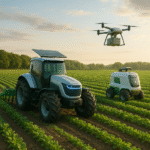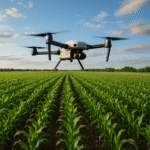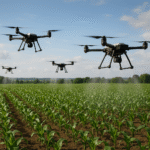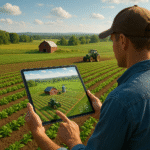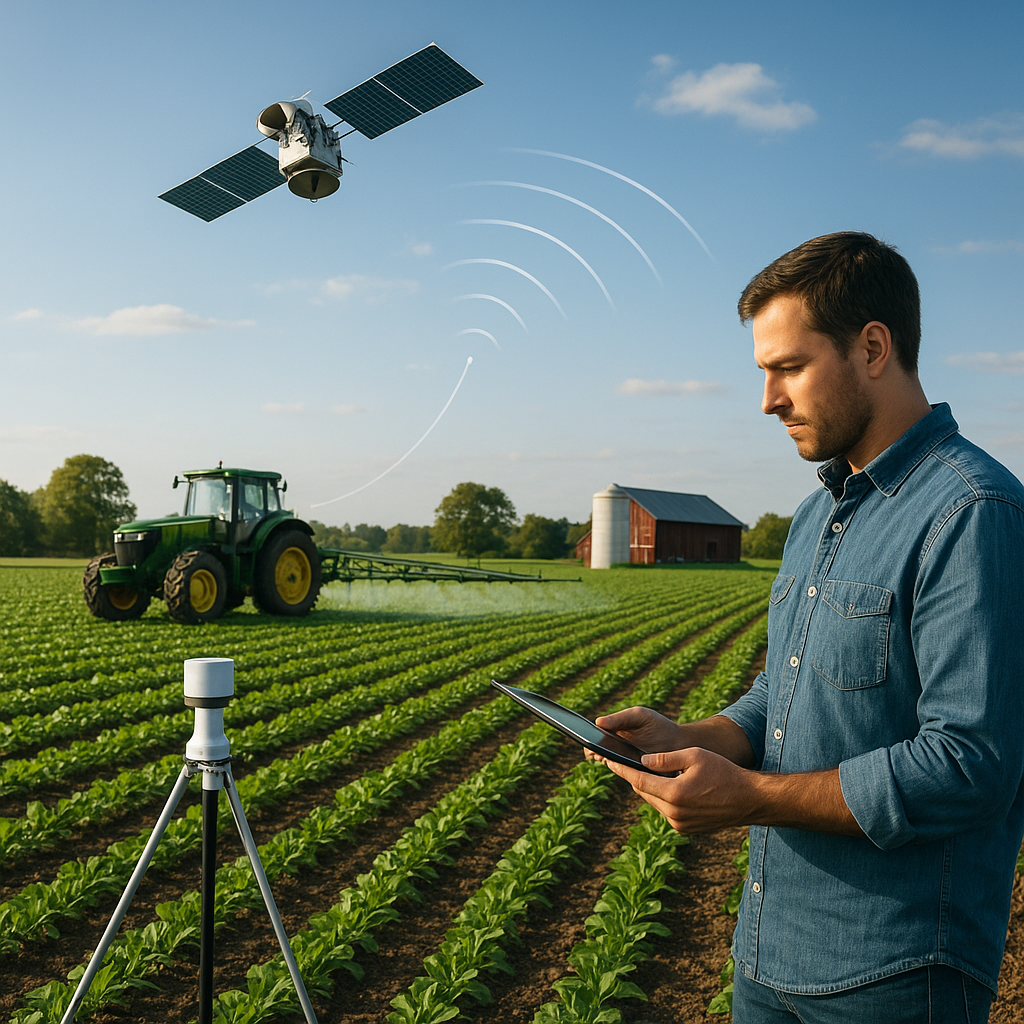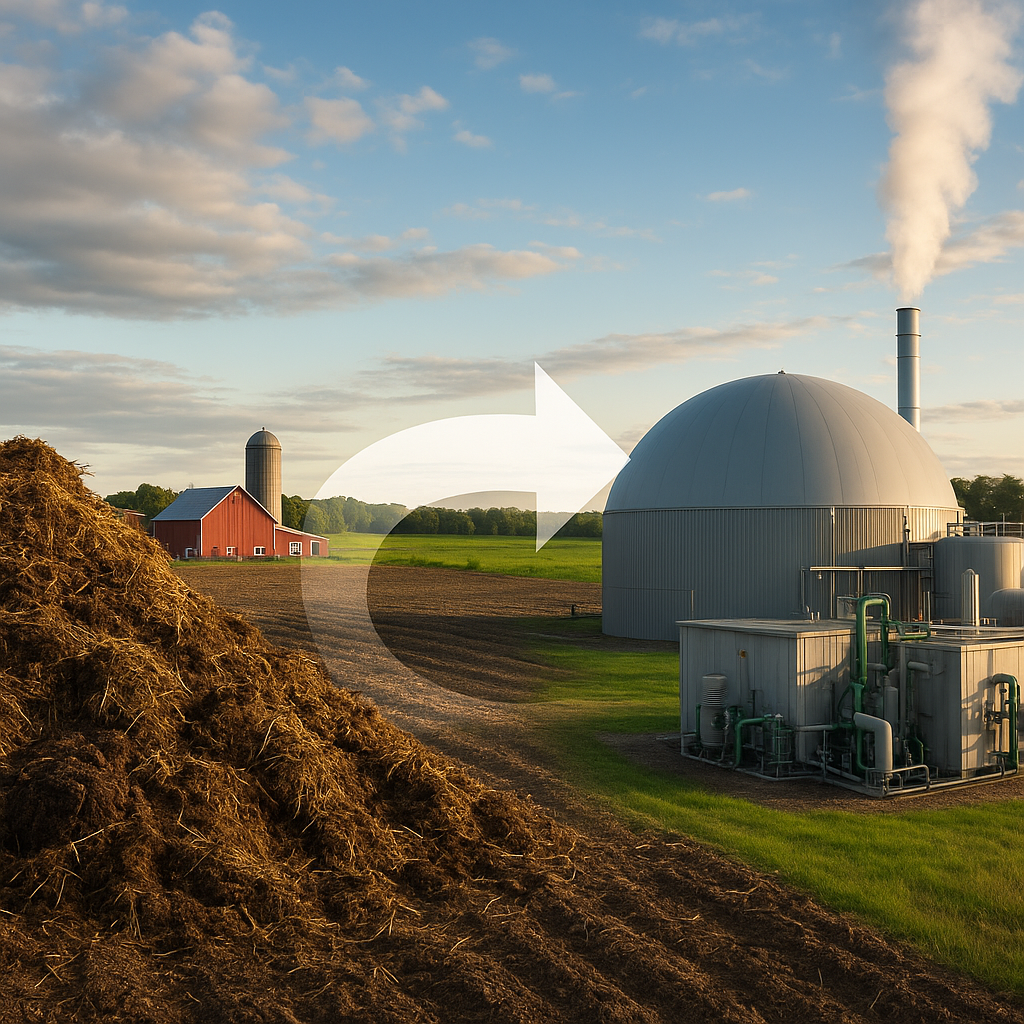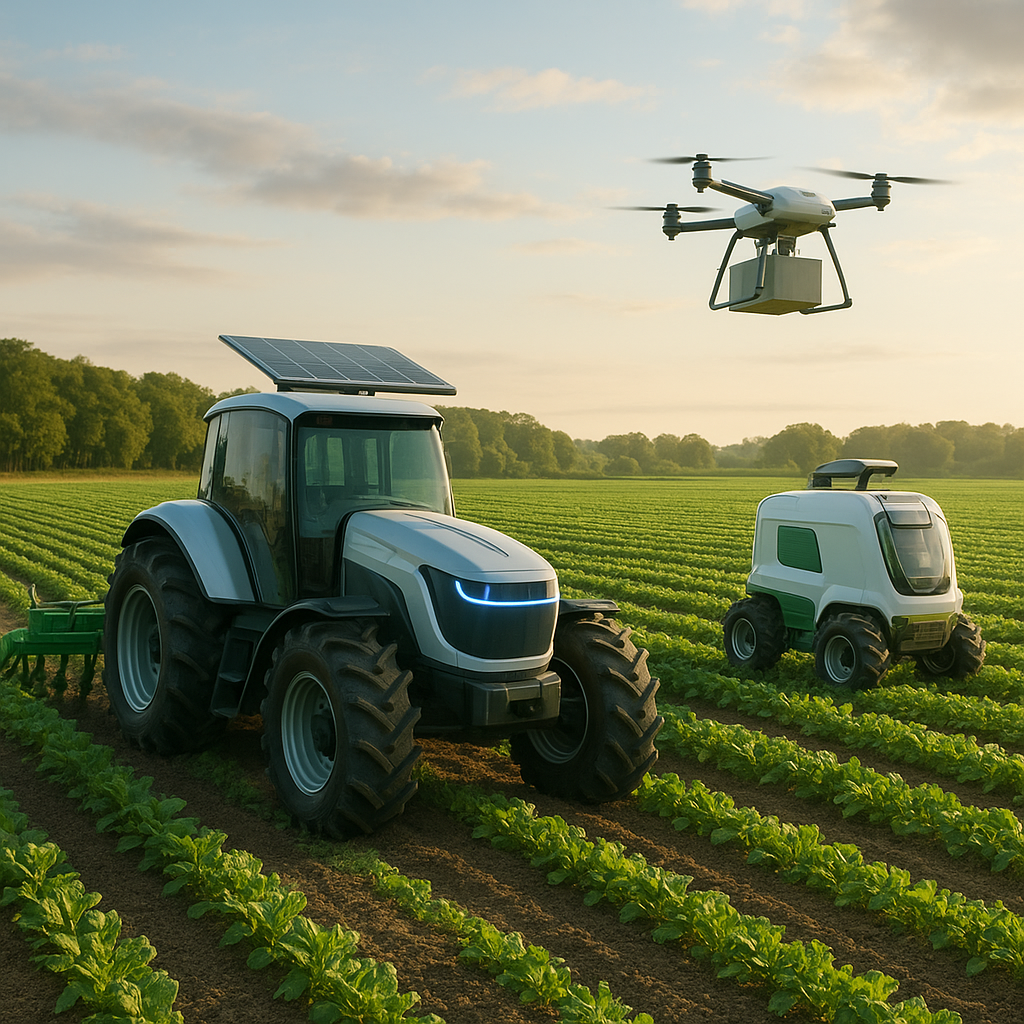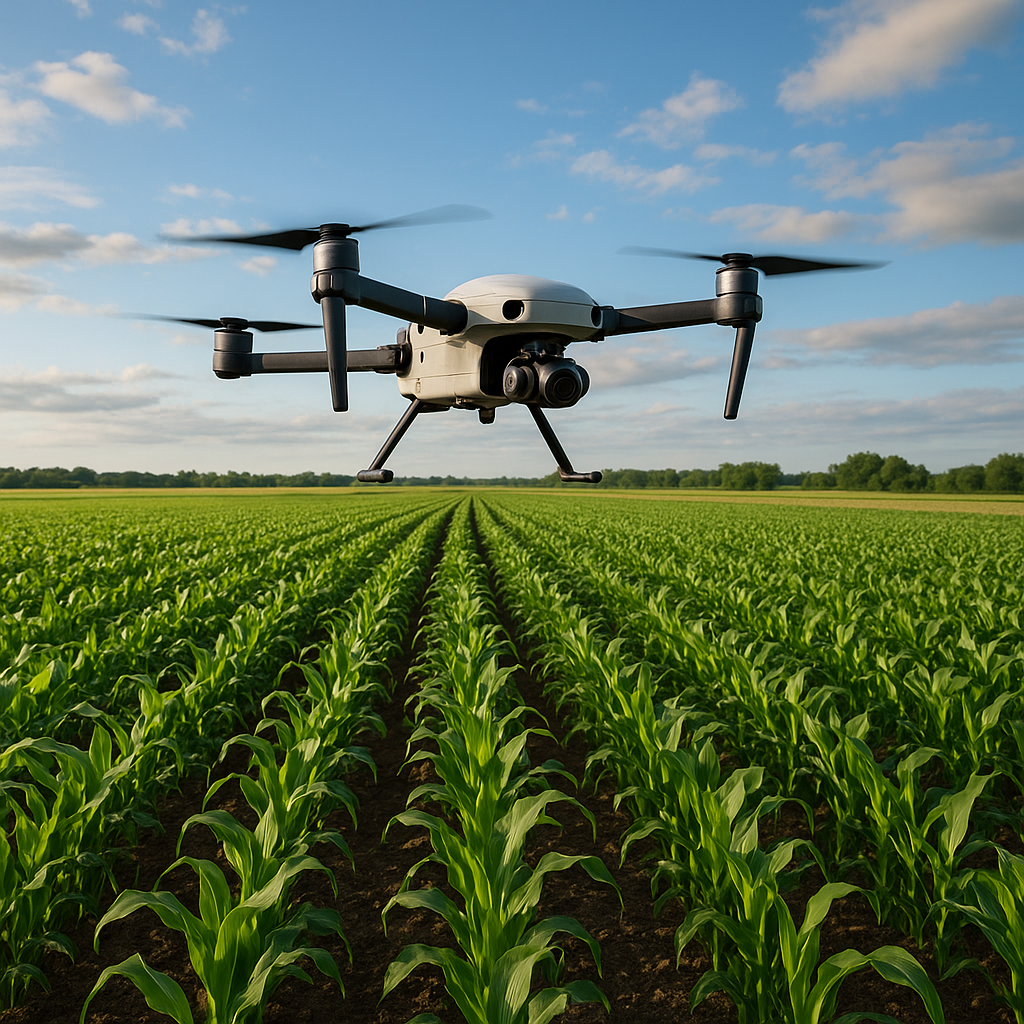Precision agriculture is no longer a futuristic dream but a vibrant reality, where every droplet of water, pulse of soil, and ray of sunlight is harnessed through a connected network of intelligent devices. From field-level soil sensors to orbiting satellites, modern farms are evolving into integrated ecosystems capable of real-time decision-making and unprecedented levels of resource optimization. This article delves into the technologies powering this transformation and explores how the synergy between ground-based instruments and spaceborne platforms is reshaping the future of farming.
Sensors: The Foundation of Data-Driven Farming
At the heart of every precision agriculture initiative lies an array of sensors that continuously monitor critical variables such as soil moisture, nutrient levels, temperature, and pH. These devices range from simple capacitive probes buried in the root zone to sophisticated spectrometers that analyze leaf reflectance. By collecting high-resolution data at regular intervals, sensors enable farmers to apply water, fertilizers, and pesticides only where and when they are needed, greatly reducing waste while boosting crop health.
Soil moisture sensors, for instance, can detect variations of just a few percent, alerting irrigation systems to activate pumps and valves only in dry zones. Nutrient sensors measure concentrations of nitrogen, phosphorus, and potassium, guiding precise fertilizer blends to match crop requirements. Meanwhile, microclimate stations record wind speed, humidity, and temperature, helping predict disease outbreaks and optimizing application windows. Together, these instruments form a distributed network that feeds into a central data hub, laying the groundwork for subsequent layers of analysis and control.
The deployment of low-power, wireless sensor networks has been a game-changer. Enabled by protocols like LoRaWAN and NB-IoT, nodes can transmit data over kilometers with minimal energy consumption, often powered by small solar panels. These innovations have democratized access to real-time field intelligence, allowing smallholder farms to leverage the same level of insight once reserved for large agribusinesses. Such democratization also fosters greater sustainability by reducing overapplication of inputs and mitigating environmental impacts.
Beyond point measurements, emerging technologies like distributed fiber-optic sensing and ultrasonic wave analysis promise to deliver continuous, high-density mapping of soil and plant conditions. These advances will deepen our understanding of subsurface dynamics and root processes, making the farm an even more efficient machine for food production.
Digital Infrastructure: Networks, Platforms, and Real-Time Insights
Collecting trillions of data points is only valuable when accompanied by the infrastructure to store, process, and interpret them. Modern farms rely on robust digital platforms—often cloud-based—that integrate data streams from sensors, drones, and machinery. These platforms employ advanced analytics and machine learning to transform raw data into actionable insights, such as optimizing planting density, anticipating irrigation schedules, or detecting early signs of pest infestation.
Key components of this digital backbone include:
- Edge computing nodes that preprocess data on-site to reduce latency and bandwidth usage.
- Secure gateways that aggregate sensor inputs and transmit encrypted packets to cloud servers.
- AI-driven dashboards providing user-friendly visualization and predictive modeling.
- APIs that connect agricultural machinery, enabling automated responses based on real-time metrics.
Through these interconnected layers, farms become self-adaptive systems capable of responding to emerging challenges. For instance, if soil moisture drops below a critical threshold, the system can automatically trigger center-pivot sprinklers or drip lines, precisely modulating flow rates to conserve water. Integration with weather forecasts further refines decision-making, ensuring operations account for incoming rain or temperature swings.
Another pillar of the digital ecosystem is data interoperability. Adhering to open standards and farm management information systems (FMIS) allows equipment from different manufacturers to communicate seamlessly. This harmonization not only simplifies maintenance and upgrades but also lays the groundwork for collaborative networks of farms, sharing aggregated insights and best practices. Ultimately, digital infrastructure is the circulatory system that fuels a farm’s operational automation and adaptive resilience.
Satellites and Aerial Platforms: Scaling Intelligence from Above
While ground sensors offer local insights, satellites and drones provide a macroscopic perspective essential for large-scale operations. Satellite constellations equipped with multispectral and hyperspectral sensors orbit the globe, capturing daily snapshots of vegetation, soil moisture, and land surface temperature. These images reveal patterns invisible to the naked eye—stress zones, nutrient deficiencies, or pathogen hotspots—across hundreds of hectares in a single pass.
Commercial providers now offer high-resolution imagery with revisit times of 24 hours or less, making it feasible to monitor crop health trends in near real time. By combining spectral indices such as NDVI (Normalized Difference Vegetation Index) with machine learning classifiers, agronomists can predict yield variations weeks before harvest. This foresight empowers farm managers to allocate labor, logistics, and storage capacity more effectively, improving overall yield and profitability.
Unmanned aerial vehicles (UAVs), or drones, complement satellite observations by offering on-demand flights for ultra-fine resolution mapping. Equipped with LiDAR, thermal cameras, or even on-board analytics, these platforms can generate 3D models of terrain, estimate biomass, and detect field anomalies down to the plant level. When drones are integrated into the same digital ecosystem as other sensors, they enable rapid verification of satellite alerts and targeted interventions.
Together, satellites and drones form a layered surveillance network that elevates farm management from reactive to proactive. By leveraging space-based assets, growers can anticipate challenges, optimize resource allocation, and enhance farm resilience against climate variability.
Integration and Innovation: Toward a Holistic Farm Ecosystem
The most impressive farms are those that seamlessly blend terrestrial and celestial intelligence into a unified framework. Data from sensors, machinery, drones, and satellites converge within an open platform capable of orchestrating activities across vastly different scales. For example, a farm may combine soil moisture readings with satellite-derived evapotranspiration rates to establish precise irrigation schedules across multiple fields, simultaneously adjusting ground-driven sprinklers and drone-based foliar sprays.
Emerging trends are pushing this integration even further. Robotics and autonomous vehicles are beginning to operate in tandem with sensor networks, conducting tasks such as weeding, sampling, and targeted application without human intervention. Meanwhile, blockchain technologies promise to secure supply chains by tracing produce from field to table, ensuring transparency and verifying sustainable practices.
Energy management is another frontier where farms can achieve synergies. Solar panels and biogas digesters generate renewable power, which sensors and controllers can allocate dynamically to pumps, processing units, or electric vehicles. This microgrid approach enhances energy efficiency and reduces dependence on external fuel sources.
Underpinning all these advancements is a culture of continuous innovation. Collaborative networks among farmers, researchers, and technology providers accelerate the co-creation of solutions tailored to regional challenges. Open-source software projects, agritech incubators, and public–private partnerships further catalyze progress, ensuring that the benefits of the connected farm extend to diverse communities worldwide.
Challenges and Future Directions
Despite its transformative potential, the connected farm ecosystem faces hurdles that must be addressed to fully realize its promise. Data privacy and ownership concerns can deter adoption, particularly among smaller operations wary of sharing sensitive yield or financial information. Interoperability remains imperfect despite open-standard efforts, and digital literacy gaps can limit effective use of advanced tools.
On the technical front, ensuring reliable connectivity in remote areas demands continued investment in rural broadband and low-power wide-area networks. Cybersecurity threats also pose risks as agricultural systems become targets for malicious actors seeking to disrupt food supply chains. Robust encryption, authentication protocols, and user training are essential countermeasures.
Looking ahead, integration of 5G networks, next-generation AI, and edge-AI inference promises to enhance real-time responsiveness and on-farm decision-making. Molecular sensors capable of detecting plant stress biomarkers at the cellular level, coupled with swarm robotics, may soon enable hyper-local interventions with unprecedented precision.
As these technologies converge, the line between science fiction and reality will continue to blur. The future farm will be a living, learning entity—ever more productive, sustainable, and agile—powered by the harmonious interplay of ground sensors and satellites, robotics and humans, data and ingenuity.


